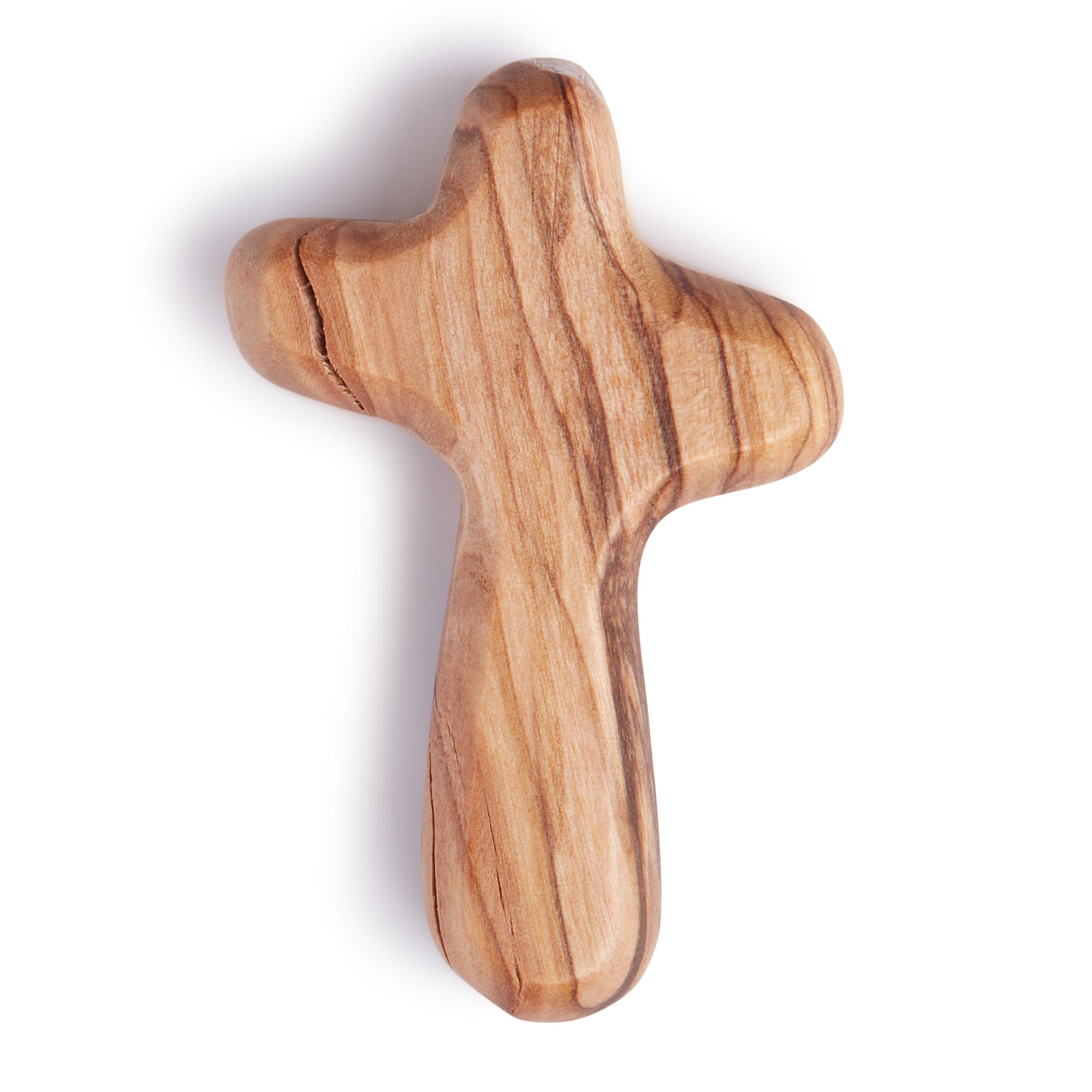Introduction
Across centuries and continents, Handmade crosses have stood as enduring emblems of faith, resilience, and devotion. Unlike mass-produced replicas, these handcrafted works of art carry with them not only deep religious symbolism but also a sense of cultural heritage and artistic expression. For visitors of the Jerusalem Art Museum, the story of handmade crosses is one that unites spirituality with craftsmanship, offering a glimpse into traditions that have shaped both personal faith and collective history.
This article explores the origins, symbolism, materials, and enduring significance of handmade crosses, while also considering their role in modern worship and art.
The Historical Roots of Handmade Crosses
Early Christian Symbolism
The cross has long been the central symbol of Christianity, representing the crucifixion and resurrection of Jesus Christ. From the first centuries of the Church, believers carved simple handmade crosses into stone, wood, and even on walls of hidden catacombs. These early creations were not merely decorative; they were profound statements of faith in a time when Christianity was often persecuted.
Crosses in Medieval and Renaissance Art
During the Middle Ages, handmade crosses evolved from rudimentary designs into intricate masterpieces. Goldsmiths, woodcarvers, and artisans crafted crucifixes for cathedrals, monasteries, and private devotion. Each handmade cross carried unique details—whether adorned with gemstones, painted icons, or filigree metalwork—reflecting both local traditions and theological meaning.
The Holy Land Tradition
In Jerusalem, handmade crosses have a particularly rich legacy. Pilgrims visiting the Holy City for centuries would bring back handcrafted wooden crosses made from olive wood, a tree revered for its biblical significance. These souvenirs became cherished heirlooms, linking families to the spiritual heart of Christianity.
Symbolism of Handmade Crosses
A Sign of Faith
At its core, the cross symbolizes salvation, hope, and divine love. When handmade, each cross becomes more than a symbol—it transforms into a personal testament of devotion. Whether worn as a pendant, displayed in homes, or carried in prayer, a handmade cross embodies the unique faith journey of its owner.
Cultural Identity
Handmade crosses are also markers of cultural and regional identity. From the elaborate Celtic crosses of Ireland to the carved olive wood crosses of Jerusalem, each design tells the story of a people’s history and their expression of Christian belief.
A Bridge Between Generations
Because handmade crosses are often passed down through families, they serve as bridges connecting past, present, and future generations. A single cross can carry stories, memories, and blessings, making it both a spiritual and familial treasure.
Materials and Techniques in Handmade Crosses
Wood: The Symbol of Life and Nature
Wood is one of the most common materials for handmade crosses, particularly olive wood. Known for its durability and biblical significance, olive wood from Jerusalem holds special meaning for Christians worldwide. Its natural grain makes each handmade cross unique, emphasizing individuality in devotion.
Metalwork: Strength and Endurance
Gold, silver, bronze, and iron have all been used in handmade crosses, especially in liturgical settings. Metal crosses often symbolize strength, eternity, and the unbreakable bond of faith. Artisans employ engraving, casting, and filigree techniques to produce intricate, lasting designs.
Stone and Ceramic: Foundations of Faith
Some handmade crosses are carved from stone or formed from ceramic, materials that echo permanence and resilience. These are particularly common in architectural settings, such as churches and sacred monuments.
Artistic Craftsmanship
Every handmade cross reflects the skill of its creator. Techniques range from carving and engraving to inlay work and painting. The labor-intensive process gives each piece a personal touch, elevating it beyond a religious object to a true work of art.
Handmade Crosses in Modern Worship and Daily Life
Spiritual Devotion
In today’s world, handmade crosses continue to hold deep devotional significance. Many Christians prefer handmade crosses for prayer, meditation, or as altar pieces, believing that the care poured into crafting them enhances their spiritual value.
Fashion and Personal Expression
Handmade crosses are also worn as jewelry, often as necklaces or bracelets. Beyond being fashion statements, they reflect personal faith and identity, with designs ranging from minimalist to ornate.
Sacred Gifts
Handmade crosses are often chosen as meaningful gifts for baptisms, confirmations, weddings, and other life milestones. They represent blessings, protection, and spiritual guidance, making them timeless tokens of love and devotion.
The Role of Handmade Crosses in Art and Museums
Preservation of Heritage
Museums, such as the Jerusalem Art Museum, play a crucial role in preserving the history of handmade crosses. By displaying examples from different regions and time periods, they allow visitors to witness the diversity of craftsmanship and faith traditions.
Educational Significance
Exhibitions of handmade crosses provide valuable insights into the social, cultural, and theological contexts of their creation. Each piece tells a story—not only of the artist who created it but also of the community it served.
Inspiration for Contemporary Artists
The enduring legacy of handmade crosses continues to inspire modern artists, who reinterpret the symbol in innovative ways while staying rooted in tradition. By bridging past and present, these works highlight the timeless relevance of faith expressed through art.
Handmade Crosses: A Universal Connection
Although rooted in Christian symbolism, handmade crosses transcend boundaries of time and geography. They reflect the universal human desire for meaning, hope, and connection with the divine. Whether displayed in a cathedral, worn around the neck, or cherished within a family, each handmade cross serves as a reminder of enduring faith and tradition.
Conclusion
Handmade crosses are far more than crafted objects—they are powerful expressions of spirituality, history, and artistry. From the olive wood crosses of Jerusalem to the ornate crucifixes of Europe, each handmade piece tells a unique story of devotion and cultural heritage. In a world of mass production, the value of handmade crosses lies in their individuality, authenticity, and timeless symbolism.
For those visiting the Jerusalem Art Museum or exploring handmade crosses in their personal journey, these creations stand as enduring testaments to faith and tradition. Whether treasured as sacred keepsakes, works of art, or symbols of identity, handmade crosses continue to inspire and connect generations across the globe.




